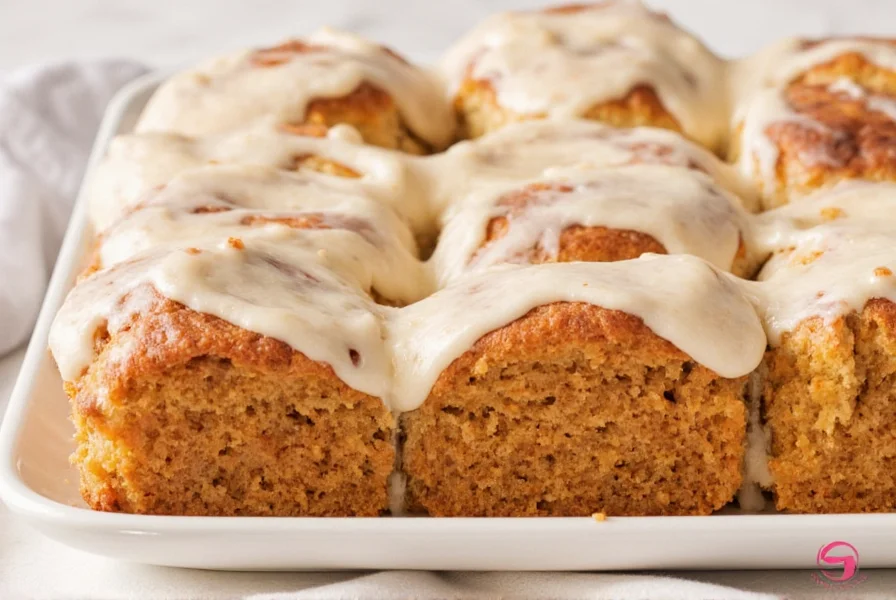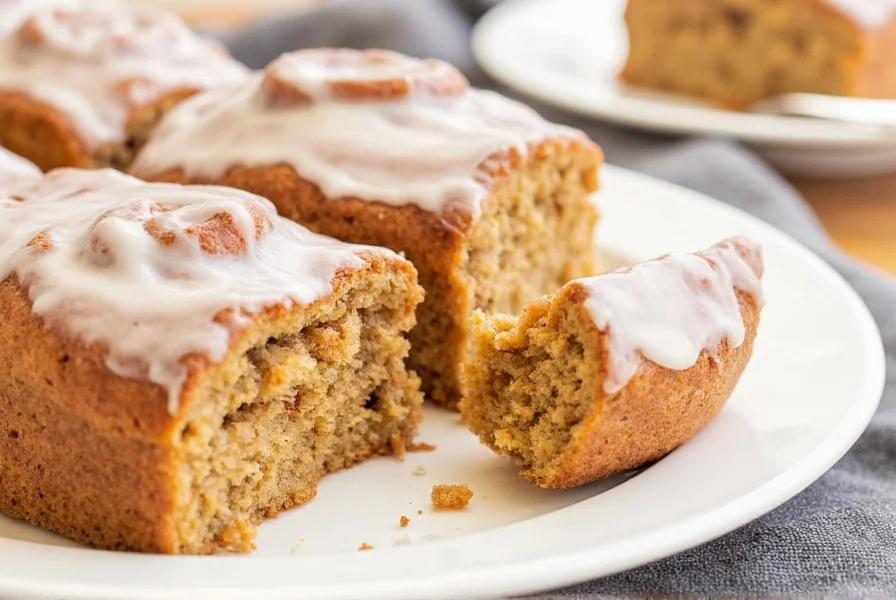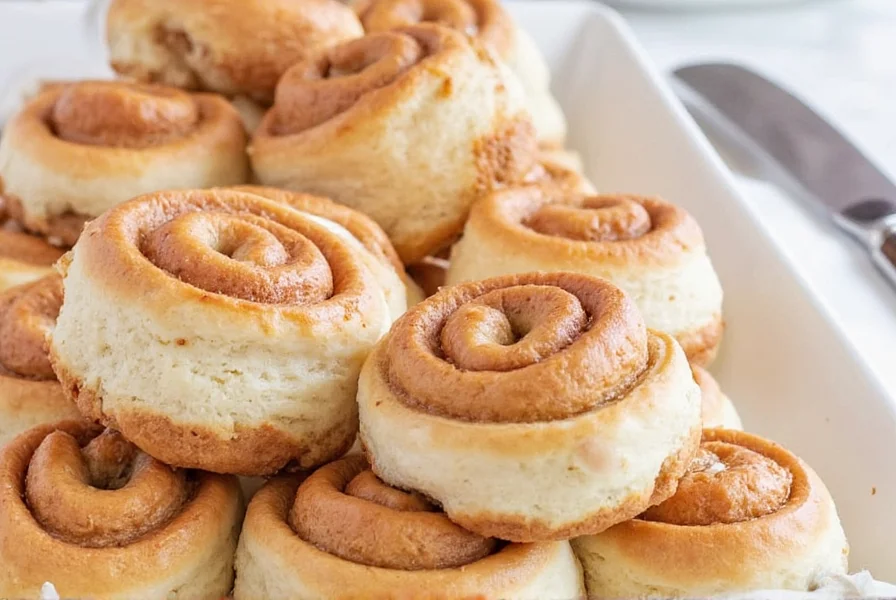The Perfect Fusion of Two Classic Desserts
Carrot cake cinnamon rolls represent a brilliant marriage of two beloved baked goods. Unlike standard cinnamon rolls, these incorporate finely grated carrots, warm spices like cinnamon and nutmeg, and often walnuts or pecans into the dough itself. The result is a uniquely textured pastry with the comforting spice profile of carrot cake and the irresistible pull-apart quality of cinnamon rolls.

Why This Hybrid Dessert Works Scientifically
The success of carrot cake cinnamon rolls hinges on understanding food chemistry. Carrots contain significant moisture (approximately 88% water content), which can disrupt gluten development in yeast doughs. Professional bakers address this by:
- Squeezing excess moisture from grated carrots using cheesecloth
- Increasing flour content by 10-15% compared to traditional cinnamon roll recipes
- Using bread flour instead of all-purpose for stronger gluten structure
- Adding a tablespoon of instant tapioca to absorb excess moisture
Essential Ingredient Breakdown
| Ingredient | Function | Professional Tip |
|---|---|---|
| Finely grated carrots | Moisture, sweetness, texture | Peel and grate on fine side of box grater, then squeeze dry |
| Bread flour | Stronger gluten structure | Substitute 25% of AP flour with bread flour for ideal texture |
| Instant yeast | Rise without competing with sugar | Use 25% less than active dry yeast for same effect |
| Brown sugar | Moisture retention, caramel notes | Use dark brown sugar for deeper flavor in swirl |
Step-by-Step Preparation Guide
Creating perfect carrot cake cinnamon rolls requires precision at each stage. Follow these professional techniques for best results:
Dough Preparation
Begin by preparing your carrots properly—peel and finely grate them, then wrap in cheesecloth and squeeze firmly to remove excess moisture. This critical step prevents a soggy dough. Combine 3½ cups bread flour, 2¼ tsp instant yeast, ½ cup granulated sugar, 1 tsp salt, and 1 tsp cinnamon in a stand mixer bowl. In a separate bowl, warm 1 cup whole milk to 110°F (not exceeding 115°F), then add ¼ cup melted unsalted butter and 1 large egg. Mix wet ingredients into dry ingredients on low speed, then increase to medium and knead for 5-7 minutes until smooth and elastic. Gradually incorporate ½ cup squeezed carrots during final kneading.
Proofing Process
Proper proofing makes or breaks your carrot cake cinnamon rolls. Place dough in a lightly oiled bowl, cover with plastic wrap, and let rise at room temperature (72-75°F) for 1-1.5 hours until doubled. For more complex flavor development, refrigerate overnight (8-12 hours). The cold fermentation enhances both texture and taste, allowing flavors to meld while controlling yeast activity.
Roll Assembly Technique
Roll the proofed dough into a 16x12 inch rectangle on a floured surface. Spread ½ cup softened butter evenly across the surface, then sprinkle with a mixture of 1 cup dark brown sugar, 2 tbsp cinnamon, 1 tsp nutmeg, ½ cup chopped walnuts, and ½ cup additional squeezed carrots. Roll tightly from the long side, pinching seam to seal. Use unflavored dental floss to slice into 12 even pieces—this prevents squishing the rolls compared to using a knife.
Baking and Finishing
Place rolls in a greased 9x13 inch pan, cover, and proof until nearly doubled (45-60 minutes). Bake at 350°F for 25-30 minutes until golden brown and internal temperature reaches 190°F. Immediately prepare cream cheese frosting by beating 8 oz softened cream cheese, 4 tbsp melted butter, 1½ cups powdered sugar, 1 tsp vanilla, and pinch of salt until smooth. Pour over warm rolls for optimal absorption.
Common Mistakes to Avoid
Even experienced bakers encounter issues with carrot cake cinnamon rolls. These troubleshooting tips address frequent problems:
- Soggy bottoms: Result from excess carrot moisture—always squeeze grated carrots thoroughly and consider adding 1 tbsp tapioca starch to the dough
- Dense texture: Caused by overproofing or insufficient gluten development—use bread flour and monitor proofing time carefully
- Falling apart when cutting: Dough too cold or insufficient resting after shaping—allow cut rolls to rest 5 minutes before baking
- Weak carrot flavor: Carrots cooked too long—add grated carrots during final kneading to preserve fresh flavor
Variations for Different Dietary Needs
Adapt this popular recipe for various dietary requirements while maintaining excellent texture and flavor:
- Gluten-free: Substitute with 1:1 gluten-free flour blend and add 1 tsp xanthan gum
- Vegan: Use plant-based milk, vegan butter, and replace egg with ¼ cup unsweetened applesauce
- Reduced sugar: Decrease brown sugar swirl to ¾ cup and use sugar-free cream cheese frosting
- Nut-free: Omit walnuts and add 2 tbsp toasted sunflower seeds for similar texture

Storage and Serving Recommendations
For optimal freshness, consume carrot cake cinnamon rolls within 24 hours at room temperature. Store leftovers in an airtight container with parchment between layers. To refresh, microwave individual rolls for 10-15 seconds or warm in a 300°F oven for 5 minutes. These rolls freeze exceptionally well—wrap tightly in plastic wrap and aluminum foil, then store up to 3 months. Thaw at room temperature for 2 hours before reheating.
Expert Tips for Consistent Success
Professional pastry chefs recommend these advanced techniques for perfect carrot cake cinnamon rolls every time:
- Use a kitchen scale for precise measurements—flour compaction varies significantly by cup measurement
- Maintain consistent dough temperature between 75-78°F during preparation
- Add 1 tsp orange zest to enhance carrot flavor naturally
- Place a pan of water on the oven rack below for steam during first 10 minutes of baking
- Let rolls rest 10 minutes after baking before frosting for ideal absorption











 浙公网安备
33010002000092号
浙公网安备
33010002000092号 浙B2-20120091-4
浙B2-20120091-4